
Annealed metal is essential in industries that need precision and durability. The annealing, for instance, reduces stress in steel. The process of annealing metal entails gradually cooling it after being heated to a specific temperature.
By following this order, the ductility of metals is enhanced, and internal stress is reduced. Despite technological alternatives, heat treatment of metals is a typical method for achieving desired properties.
Steel annealing increases its strength and flexibility, making it useful in the automotive and construction industries. The microstructure is optimized for its intended function by metal annealing as well. The machinability and strength of the material are both enhanced by this. Its several kinds give it its adaptability. Among them, you may find spheroidizing, stress relief, and complete annealing.
There is a specific function for each kind. Their capacity for softening metals or preparing them for machining or welding is remarkable. Optimal performance is guaranteed by metal annealing. Therefore, it is highly favored in industries such as aircraft, automotive, and heavy machinery.
ProleanTech offers custom solutions for companies seeking better die casting services. We can also help those curious about how annealing can improve their processes. Contact us to explore how it aligns with your production needs.
This article discusses that what is the process of annealing, its types, advantages, and applications.
What is the Annealing Process?
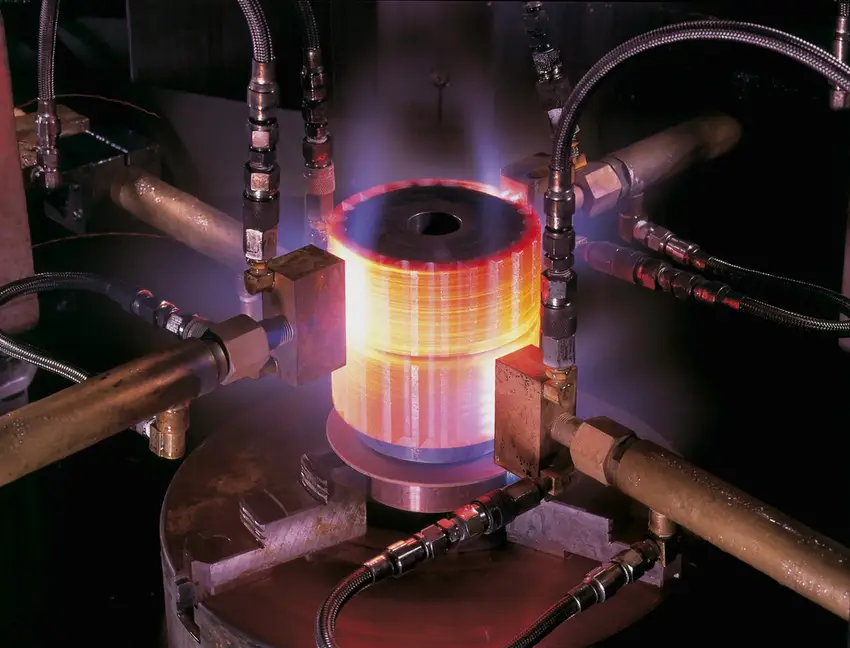
Annealing Process
Annealing is a thermal process. It heats metal to a high temperature, then cools it slowly. This heating phase reduces the atomic bonds in the metal. After that, they’re able to shift about and move around with more ease.
A reliable, strain-free form is achieved when the atoms rearrange as it cools. This restores the material’s flexibility and uniformity.
This process greatly changes the metal’s properties. It improves ductility and reduces hardness. Sometimes, it may influence the chemical properties of the metal. Annealing relieves internal stresses. It prepares the metal for further shaping or machining. So, it is essential in industries that need precise material performance.
Why is Annealing Important?
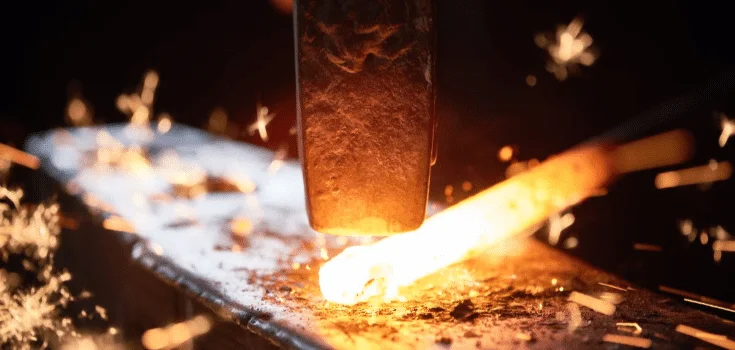
Why is Annealing Important
Annealing is essential to production for the following reasons:
- Makes metals easier to form and shape.
- Resilience to wear and magnetic properties are enhanced.
- It alters both the chemical and physical properties of the metal.
- Provides a cost-effective method to enhance mental performance.
- Softens the metal while simultaneously making it stronger and more ductile.
- Ideal for components like motors and transformers due to its ability to optimize these properties.
What are the Stages of Annealing: Processes Explained
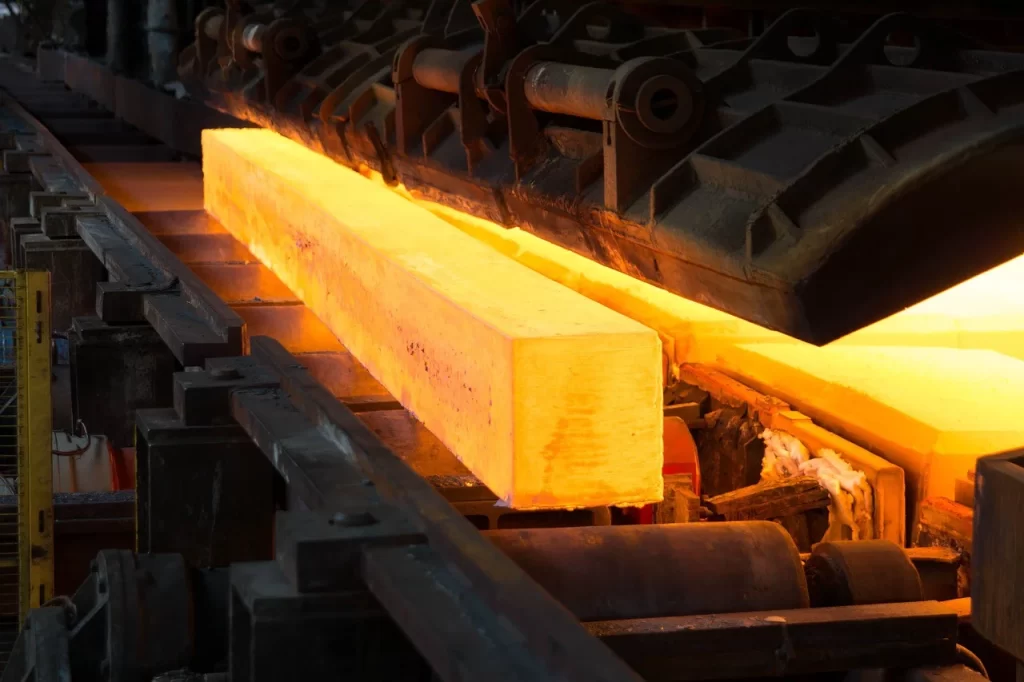
Stages of Annealing
Annealing methods enhance metal characteristics for specific industrial purposes. By knowing these categories, businesses can choose the right way to increase ductility, stress relief, or machinability.
-
Recovery
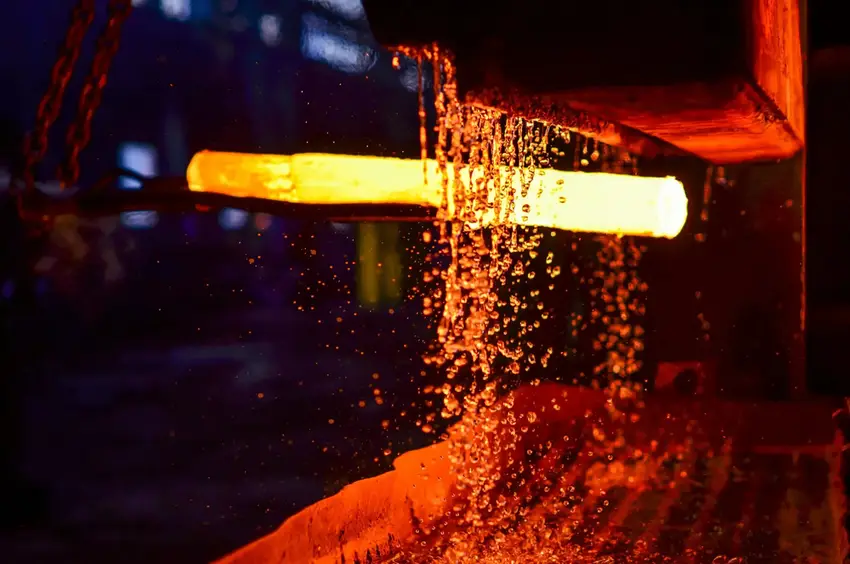
Recovery Stage of Annealing
The annealing process begins here. The purpose is to relieve material internal stress now. The material loses internal energy during recovery. Dislocations reduce material intrinsic flaws. The material softens due to recovery stage destruction. Mechanical qualities change during this period. Material strength decreases.
This is because material internal stress has decreased. Material hardness also changes. Material hardness relies on dislocation density. Since this element decreases during recovery, the material softens.
-
Recrystallization
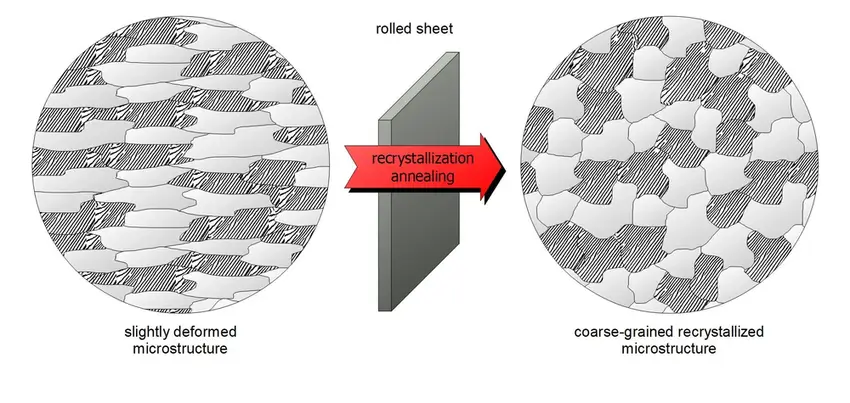
Recrystallization in Annealing
Here, we are at the second phase of annealing. It has a multiplicative effect on changing the material’s microstructure. Forming a dense network of dislocations is the first step in reaching this stage.
As soon as the healing stage concludes, a new development cycle for the grain begins. So, the recrystallization temperature comes into play. At this temperature, the atomic kinetic energy is high enough for recrystallization to occur.
The melting point gives you a good idea of the temperature range in which recrystallization can occur. This temperature falls within the range of the material’s melting point, according to observations. The reliability of this comparison to the melting point depends on the degree of initial deformation.
Recrystallization modifies the material characteristics. It impacts material ductility and hardness. Lower dislocation density decreases material hardness. Same with tensile strength.
Plastic deformation can occur after recrystallization. Recrystallization affects more than mechanical qualities. It can change metal corrosion resistance. All these advantages depend on the recrystallization step.
-
Grain Growth
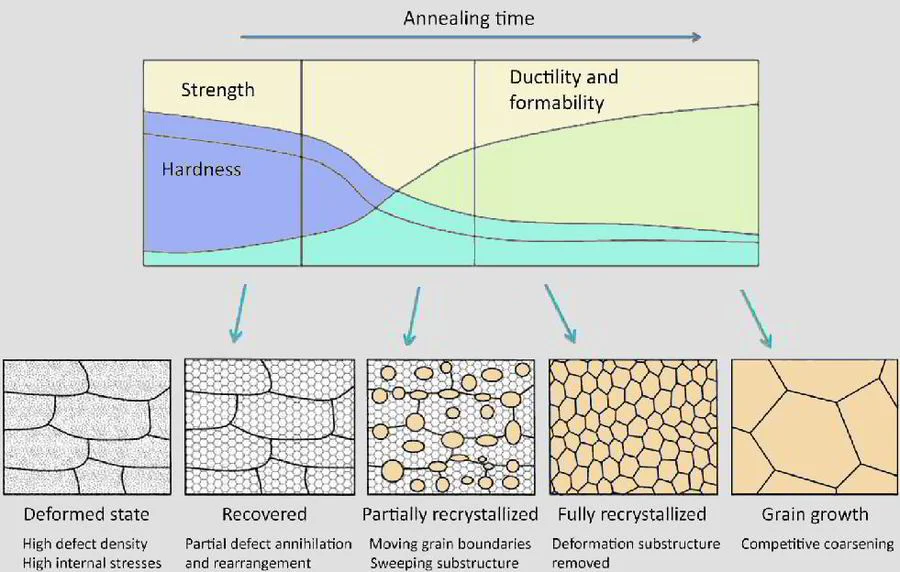
Grain Growth Stage of Annealing
Grain formation occurs during this final stage. Here, the material is cooled down more slowly. At this point, when annealing has finished, the material becomes more workable. Grains increase when crystallites or grains expand due to high temperatures. It mostly affects polycrystalline materials. This is because these materials’ grains are not equally distributed.
In metals, there are three phases to grain growth: nucleation, development, and displacement of the grain boundary. In certain material areas, microscopic new grains emerge during the nucleation phase.
The process of growth might start after nucleation has occurred. The freshly produced microscopic grains expand. As a result of this expansion, the grain boundaries shift. Grain boundaries move with a decreasing length and energy.
Try Prolean Now!
Different Types of Annealing
Various annealing processes meet specific industrial needs. Each one boosts metal properties for better performance. They improve ductility, strength, and stress resistance. Let’s dive into the following types of annealing.
-
Isothermal Annealing
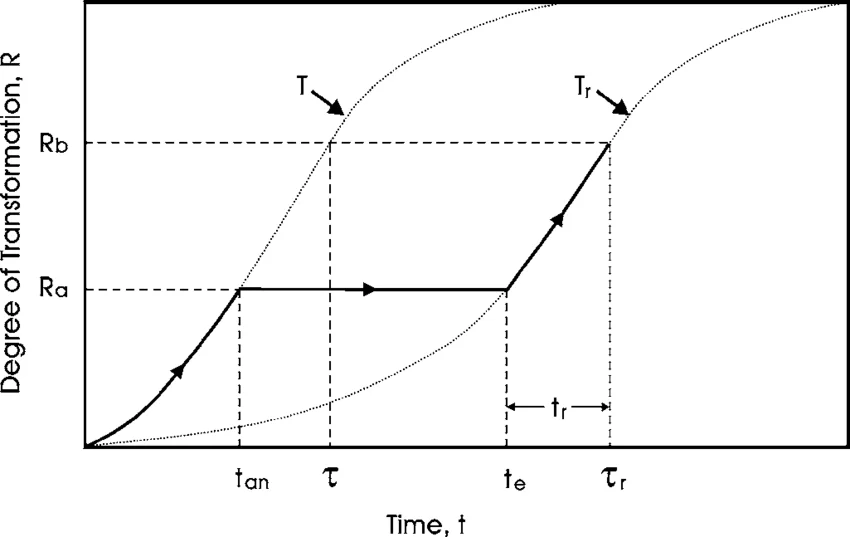
Isothermal Annealing
Sometimes, annealing must be done faster than full annealing. Industrial applications appreciate this type as cost-effective and time-effective. The isothermal annealing procedure has five steps: austenization, critical cooling, isothermal alteration, managed cooling, and natural chilling.
This removes plastic processing-induced internal stresses. The technique considerably decreases material hardness and homogenizes structure.
Isothermal is popular for stable austenitic steel. First, you heat the steel to maximum. The steel will shortly become austenite. Force-cooling cools the material to 600°C. Maintain this for a set time to homogenize it.
After transforming and achieving desirable qualities, cool the material. For high surface polish and machinability, isothermal is suitable. However, isothermal annealing may fail for big materials. Maintaining the isothermal temperatures in such materials is difficult.
-
Diffusion Annealing
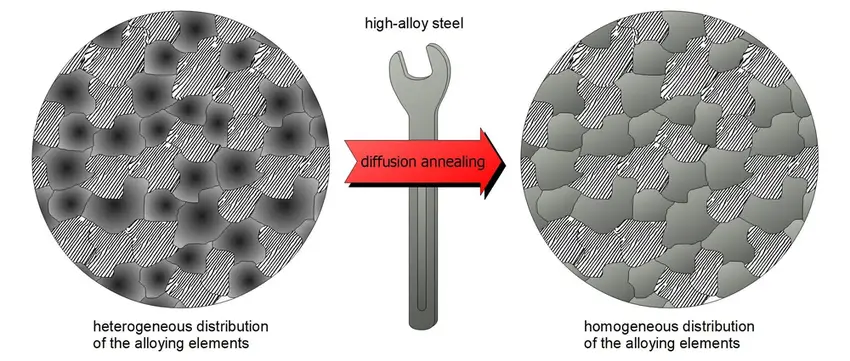
Diffusion Annealing
Another name for the diffusion annealing technique is uniform annealing. Some may even say it homogenizes. This is because its main goal is to eliminate material inhomogeneities. Its goals are:
- Eliminate dendritic segregation.
- Eliminate geographic divisions.
A standardized composition and set of properties for the material is required. The diffusion process is quite time-consuming and heat-intensive. For example, the entire process may take as long as twenty hours. When processing steel, it may reach temperatures as high as 1300 degrees Celsius.
The material needs this time to disperse. Finally, an easy-to-manufacture component that is also durable has been found. It is possible to make certain materials more resistant to corrosion.
-
Spherification Annealing
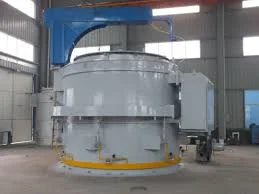
Spherification Annealing
Most metals that undergo this process are steel. This includes both hypoeutectoid and eutectoid steels, as well as alloy and carbon tool steels. This type is used to produce carbide spheroids. Cold forming and machinability are both enhanced by this type in high-carbon steels.
-
Stress Relief Annealing

Stress Relief Annealing
Stress treatment involves heating a metal to change its structure and cooling it slowly. The substance cools and stabilizes. Internal stresses decrease, making the material stronger and harder. This type slowly reduces internal stresses. This method effectively relieves material intrinsic stresses.
This involves heating a metal to a certain temperature, holding it, and slowly cooling it. One thing to know is that it rarely eliminates all internal stresses. High temperatures are needed to completely remove stress.
Due to drastic internal microstructure changes, the material would perform poorly. We must also warn about material internal stresses. A finished part with these stresses may break unexpectedly when loaded. Finished parts—cut, cast, welded, etc.—need stress relief.
-
Recrystallization Annealing

Recrystallization Annealing
The best thermal treatment for cold-worked metals is recrystallization. Deformed materials are ideal for it. This improves material deformability following microstructure deformation. Material characteristics vary when subjected to forming forces.
Different materials behave differently. Rolling sheet metal has an extended crystal lattice structure. As strength increases, deformability decreases. Avoid processing the material in this state.
It can easily crack, with terrible consequences. Hence, recrystallization attempts to restore microstructure form. This would greatly improve the material’s deformation.
-
Complete Annealing
This is the most rigid technique. High temperatures are used in heat treatment. That is a level of heat higher than the point of critical transformation. You store it at this temperature.
A new microstructure is achieved when the material’s temperature is uniform. It becomes soft and ductile when progressively cooled in a furnace. After heat treatment, the material is more machinable.
-
Incomplete Annealing
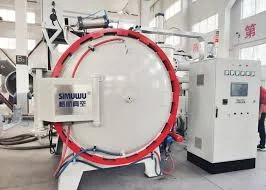
Incomplete Annealing
Incomplete annealing is the treatment for hyper-eutectic steel. Cooling the steel is the next step after heating it to approximately its maximum temperature. The goal of the method is to create hyper-eutectic steel annealing with spherical pearlite grains. This makes the material easier to machine and lessens its hardness.
Try Prolean Now!
Advantages of Annealing
Through the process of annealing, the properties of a material can be changed. Thus, they are beneficial for particular sectors of the economy. It is possible to accomplish this by thoroughly regulating the heating and cooling processes. Here is the list of the key benefits that it provides:
Improve Machinability
The component’s machinability is improved via the annealing process. Because it reduces the material’s hardness, it makes it easier to deal with during the process. The production rate is increased, tool wear is reduced, and the polishing of the parts is improved.
The Reduction of Stress
During the operations of casting, welding, and machining, materials are subjected to conditions of internal stress. It is possible that this will result in fractures, deformation, or quick disintegration. Anneal therapy reduces the amount of strain. Within the material, it reorganizes the energy that is present.
It is because of this that both stability and dependability are improved. Tolerances need to be extremely exact for applications such as the construction of automobiles and aerospace vehicles. Consequently, this is of the utmost importance to them.
Bring Back the Ductility
Cold working and deformation are two examples of methods that commonly cause materials to become more brittle and have a hardening effect. The material’s rigidity and adaptability are restored when the process is completed.
The grain structure is recrystallized, which allows it to achieve this goal by reversing the impacts. It is also possible to forge and manufacture it, which is another one of the numerous qualities it possesses. Industries such as technology and automobile manufactures relied to transform numerous components.
Softening of the Material
At some point throughout the annealing process, the microstructure of a material will undergo a change. This results in their becoming more bendable and controllable in the long run.
For applications such as shaping, bending, or machining, where a combination of low hardness and high ductility is required, this material performs exceptionally well.
Materials that have been annealed are necessary for certain industries, including the building sector and the manufacturing of metals. Not only do they lessen the amount of tool wear, but they also simplify the processes.
Refining of grains
A material’s grain structure can be improved by the process of grain annealing. The end product is a grain size distribution that is more uniform and smaller. The qualities of its toughness, durability against exhaustion, and endurance have all seen major enhancements.
Applications like turbine parts, building parts, and surgical devices are merely a few instances that demand very thin grains for the best performance.
There are a lot of companies that rely on annealing. Every element of the materials, including their performance and workability, has been enhanced. This is a process that is used to fulfill the demanding needs of the industrial sector.
It makes metals simpler to shape and cut by increasing their ductility and productivity. The process of annealing metal is essential to modern technology and manufacturing. Enhanced rigidity and greater durability are two advantages that accrue to tools and components due to this advantage.
Applications of Annealing
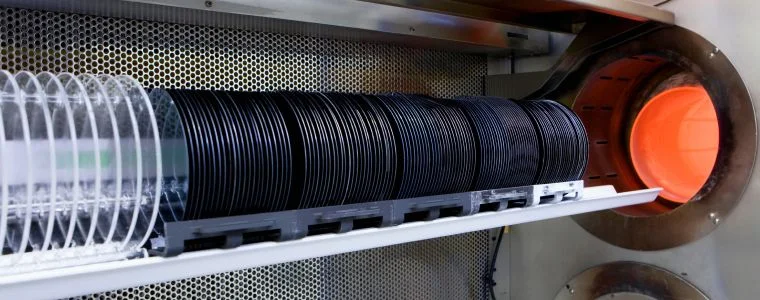
Applications of Annealing
The heat treatment procedure is essential in numerous industries. It is vital in engineering and manufacturing. It improves machinability, strength, and ductility. Some notable applications across sectors are as follows:
-
The Automotive Sector
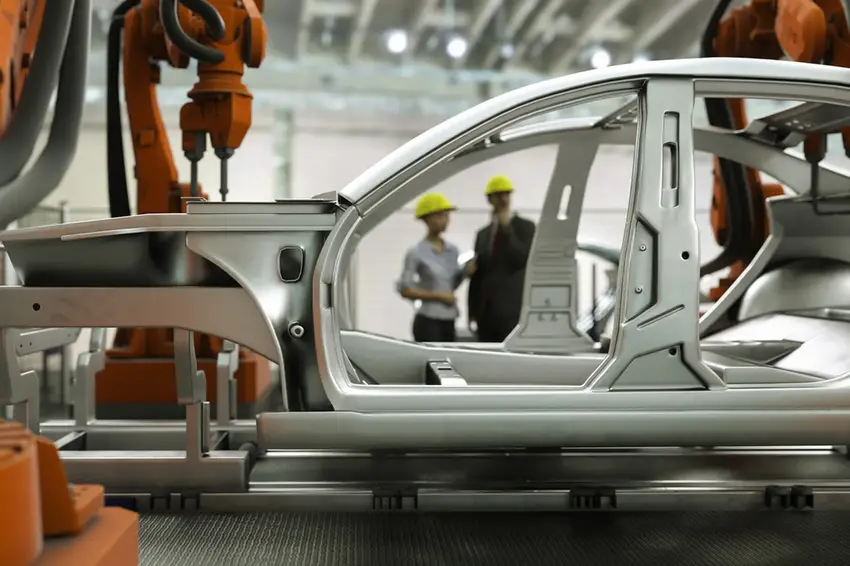
Annealing in the Automotive Sector
Automobile engine components, chassis, and body panels all require annealing. Metals used in vehicles gain their impact resistance, strength, and ductility through the annealed process of steel. Manufacturing precise gears, crankshafts, and brake components is possible with annealed metals since they are better machinable.
-
Building and Reliability
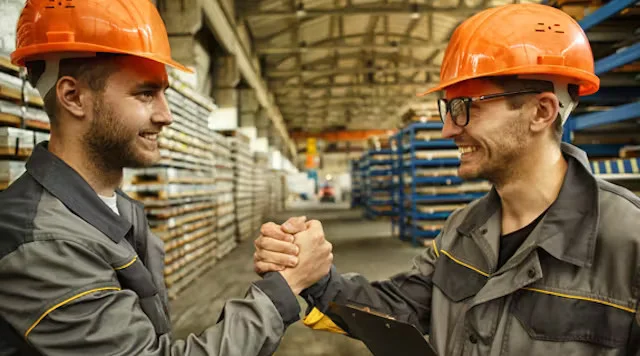
Building and Reliability of Annealing
Beams, columns, and frames are constructed using annealed steel and various other metals in construction projects. Welding, bending, and assembly are all made easier after this process makes metals more malleable. It ensures materials can resist long-term environmental stress. This is vital for safe and durable constructions.
-
Aircraft
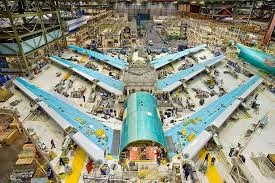
Aircraft Industry Annealing Uses
Annealing generates lightweight, high-strength aerospace components. They can tolerate extreme heat and pressure. Recrystallization restores ductility to titanium and aluminum alloys. These alloys are utilized in airplane frames, turbine blades, and engine components.
-
Electrical & Electronics
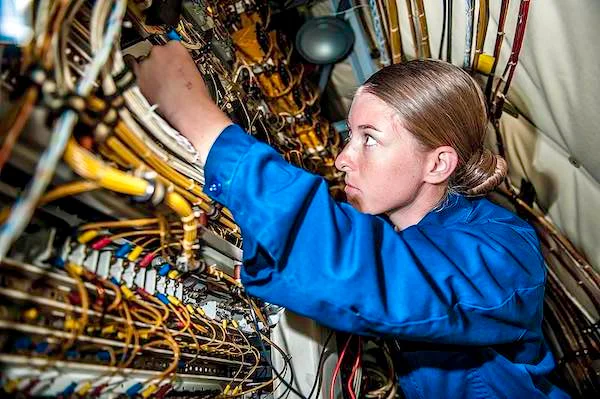
Electrical & Electronics with Annealing
Engineering annealing eliminates impurities from copper and aluminum. It refines their grain structures to promote conductivity in electrical cables and components. This enhances electrical efficiency and lowers energy loss. Connectors, circuit boards, and transformer cores require annealed metals.
-
Powerful Equipment and Implements
Heavy machinery and tools require annealing for toughness and endurance. Stress reduction eliminates internal tensions from machine components and cutting tools, such as drills, dies, and molds. It prevents failures.
-
Medical Gear
Medical implants, surgical instruments, and diagnostic equipment utilize stainless steel and titanium annealed. It enhances biocompatibility, corrosion resistance, and integrity. This assures safe and effective healthcare usage.
-
Metal/Fabrication
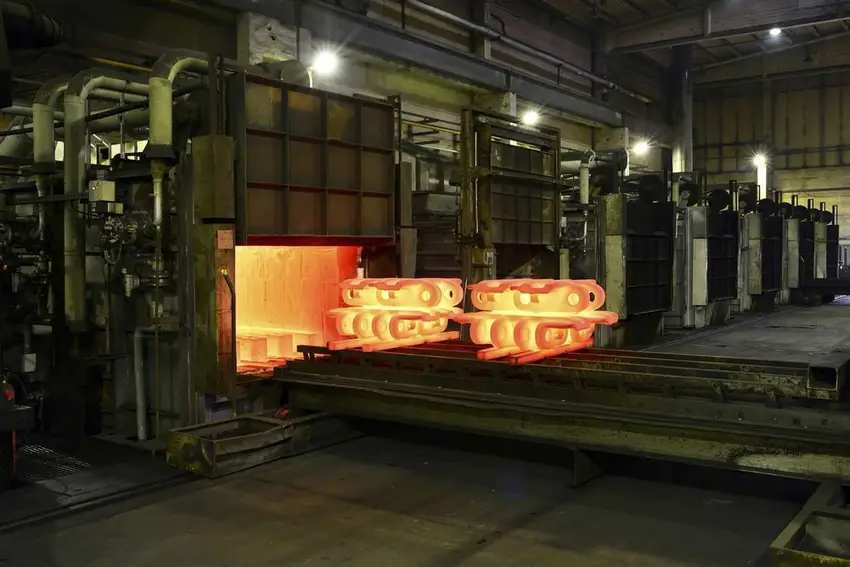
Metal/Fabrication with Annealing
Metalworking procedures include forming, drawing, and rolling, which entail annealed metals. Metal annealing sheets may be easily shaped into intricate designs without breaking. Producing appliances, consumer goods, and decorative metals rely on the process.
Conclusion
Annealing is crucial for maintaining metal quality. It reduces the risk of metal cracks from work hardening. It removes deformations and stresses from metal parts. It restores their physical qualities. If you want your business to succeed, annealing is a long-term investment.
It is necessary to have metal components that are not only strong but also flexible. You may change the process to fit your needs if you know what actions to take. It will improve the quality of your work while also meeting your unique industrial demands.
If you are Interested in optimizing your metal processing methods? Explore our expert die casting vs sand casting services or get a quote now with ProleanTech. Our experts are ready to enhance your production outcomes with tailored solutions.
FAQs
Q.1 What is annealed steel?
Annealed steel is steel that has been through the annealing process. This improves its ductility, reduces hardness, and relieves its internal stresses.
Q.2 Does annealing increase or decrease ductility?
It increases ductility by reducing internal stresses and refining the metal’s grain structure. This procedure makes the material more flexible and less prone to cracking. It does this by removing or greatly reducing grain boundaries and dislocations.
Q.3 Is annealing hardening or softening?
It is primarily a softening process.
Q.4 What is annealing vs tempering?
Heating steel to a set temperature and letting it cool makes it easier to work. Tempering involves heating metal below the critical point and making it less. This process is used in architecture and industry.
Q.5 Is annealing the same as quenching?
No, quenching involves rapid cooling, while annealing uses slow cooling for stress relief.
Q.6 How to tell if stainless steel is annealed?
Annealed stainless steel is softer and more ductile. It’s often identified by specific material tests such as ductility and machinability.

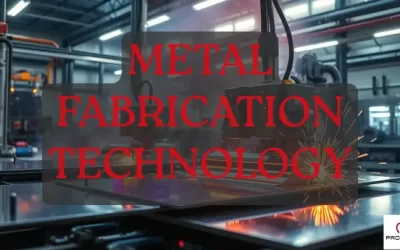
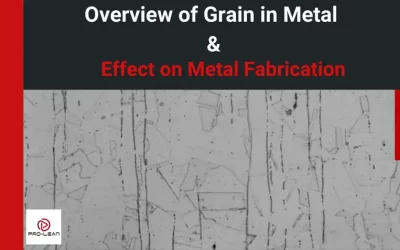
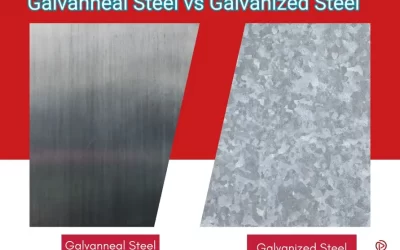
0 Comments